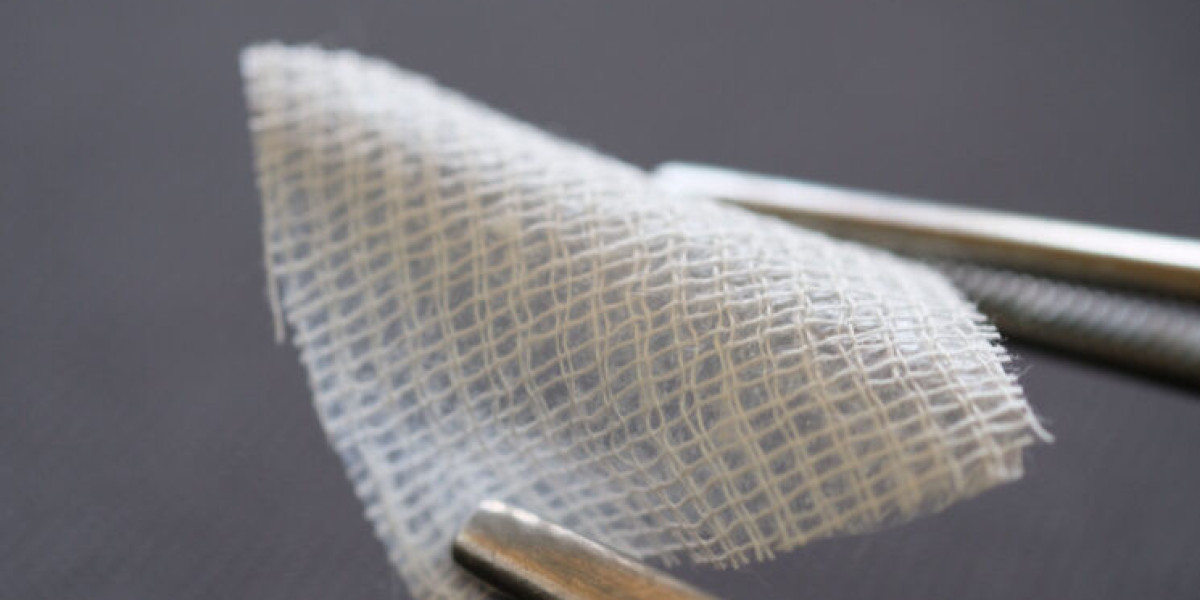In advanced wound care and regenerative medicine, biologic solutions continue to reshape standard clinical practices. Among these innovations, amniotic membrane allografts have emerged as a vital tool for treating chronic, traumatic, and surgical wounds. Their unique ability to reduce inflammation while accelerating tissue recovery positions them as one of the most effective grafting options available today. As chronic wound cases rise globally—particularly due to diabetes, vascular disorders, and aging populations—clinicians are increasingly relying on amniotic membrane allografts to overcome healing challenges and improve patient outcomes.
Understanding the Structure and Function of Amniotic Membrane Allografts
Amniotic membrane allografts are processed from placental tissue donated after healthy, full-term cesarean deliveries. This biologic material consists of multiple layers, including a basement membrane and an extracellular matrix rich in collagen, growth factors, and bioactive proteins. These components work together to create a structure that mirrors natural human tissue in both form and function.
Because of its intrinsic biologic makeup, an amniotic membrane allograft delivers targeted therapeutic effects when placed directly on a wound bed. It serves as a biologically active cover, encouraging the regeneration of skin and soft tissues while limiting external threats that may interrupt healing.
The Inflammatory Barrier in Chronic Wounds
Chronic wounds often remain trapped in the inflammatory phase due to infection, necrotic tissue, or underlying diseases such as diabetes. This prolonged inflammatory state causes excessive production of matrix metalloproteinases (MMPs), which destroy the extracellular matrix and prevent proper tissue repair. As a result, even with standard moisture-retentive dressings, many wounds fail to progress into the proliferative stage needed for closure.
The primary goal in treating these hard-to-heal wounds is to interrupt the cycle of inflammation and reset the healing process. This is where amniotic membrane allografts significantly influence patient recovery.
How Amniotic Membrane Allografts Reduce Inflammation
Amniotic membrane allograft contain essential regulatory proteins that help calm inflammatory pathways. When applied to a wound, they act as a mediator between the damaged tissue and the body’s immune system. The graft naturally suppresses excessive inflammatory cytokines while promoting the release of restorative signals. This shift helps stabilize the wound microenvironment, allowing the tissue to transition out of inflammatory stagnation.
Additionally, the membrane’s structural composition supports a significant reduction in immune response. The allograft is inherently non-immunogenic and does not trigger the aggressive rejection reaction that is commonly associated with other graft materials. This compatibility is key to minimizing inflammatory stress and preventing delays in wound progression.
Supporting Faster and More Efficient Tissue Regeneration
Once inflammation is controlled, regenerative healing becomes possible. Amniotic membrane allografts provide the necessary scaffold and bioactivity to promote rapid tissue rebuilding. Their high concentration of growth factors stimulates cellular migration and proliferation, particularly among fibroblasts and epithelial cells responsible for dermal and epidermal repair. The membrane also fosters neovascularization, improving oxygen and nutrient delivery to the wound bed—an essential step in restoring healthy tissue function.
As the graft becomes integrated into the tissue, epithelialization advances more quickly, helping close the wound while reducing patient discomfort and recovery time. Healing outcomes tend to be faster compared to conventional wound dressings, especially in complex cases where the body’s natural healing processes have stalled.
Natural Antimicrobial Protection for Healthier Recovery
Infection is a major complication in chronic and post-surgical wounds, often prolonging inflammation and leading to further tissue deterioration. Amniotic membrane allografts possess natural antimicrobial peptides and protective biological layers that reduce bacterial colonization. By defending the wound from harmful pathogens, the graft lowers infection risk and helps maintain a clean environment essential for uninterrupted recovery.
This innate defense mechanism not only speeds healing but also significantly improves the likelihood of preserving limbs and preventing severe complications in high-risk patients.
Enhancing Patient Comfort and Reducing Scarring
Another significant advantage of amniotic membrane allografts lies in their ability to improve comfort and support superior cosmetic results. Because the graft provides immediate biologic coverage, patients often experience a noticeable reduction in pain and irritation. The material also limits excessive collagen deposition during healing, which greatly minimizes scar formation and supports better long-term functional outcomes.
For patients who require both medical and aesthetic restoration—such as burn victims or individuals with tissue-exposing injuries—this benefit is crucial.
Versatility in Modern Medical Applications
Amniotic membrane allografts are utilized across a wide range of clinical fields due to their adaptable performance and ease of application. In wound care, they are frequently used for diabetic foot ulcers, venous leg ulcers, pressure injuries, and post-operative complications. Surgeons apply them in orthopedic, podiatric, and reconstructive procedures to protect incisions and accelerate soft-tissue healing. Ophthalmologists continue to rely on the membrane’s regenerative qualities for corneal defects and ocular surface repair. This versatile adoption demonstrates how the biologic advantages of amniotic tissue can be translated into improved recovery across many treatment areas.
A Foundation for the Future of Regenerative Healing
The evolution of amniotic tissue technology continues to advance rapidly. Research is now focused on optimizing graft preservation, strengthening biologic activity, and expanding clinical indications. Healthcare providers are placing increased importance on biologic solutions that can reduce overall treatment time and cost—goals that amniotic membrane allografts directly support.
As clinicians seek strategies that not only close wounds but restore tissue to a healthier state, amniotic membrane allografts are poised to remain a foundational component of cutting-edge wound care and surgical recovery.
Conclusion
Amniotic membrane allografts have transformed how chronic and acute wounds are treated by reducing inflammation, promoting faster tissue regeneration, and improving patient comfort and long-term function. Their strong clinical advantages over traditional dressing and grafting techniques make them a crucial biologic solution in the movement toward regenerative medicine. As research grows and adoption increases, their role in achieving better recovery outcomes will continue to expand—helping patients heal more efficiently and maintain stronger quality of life.






